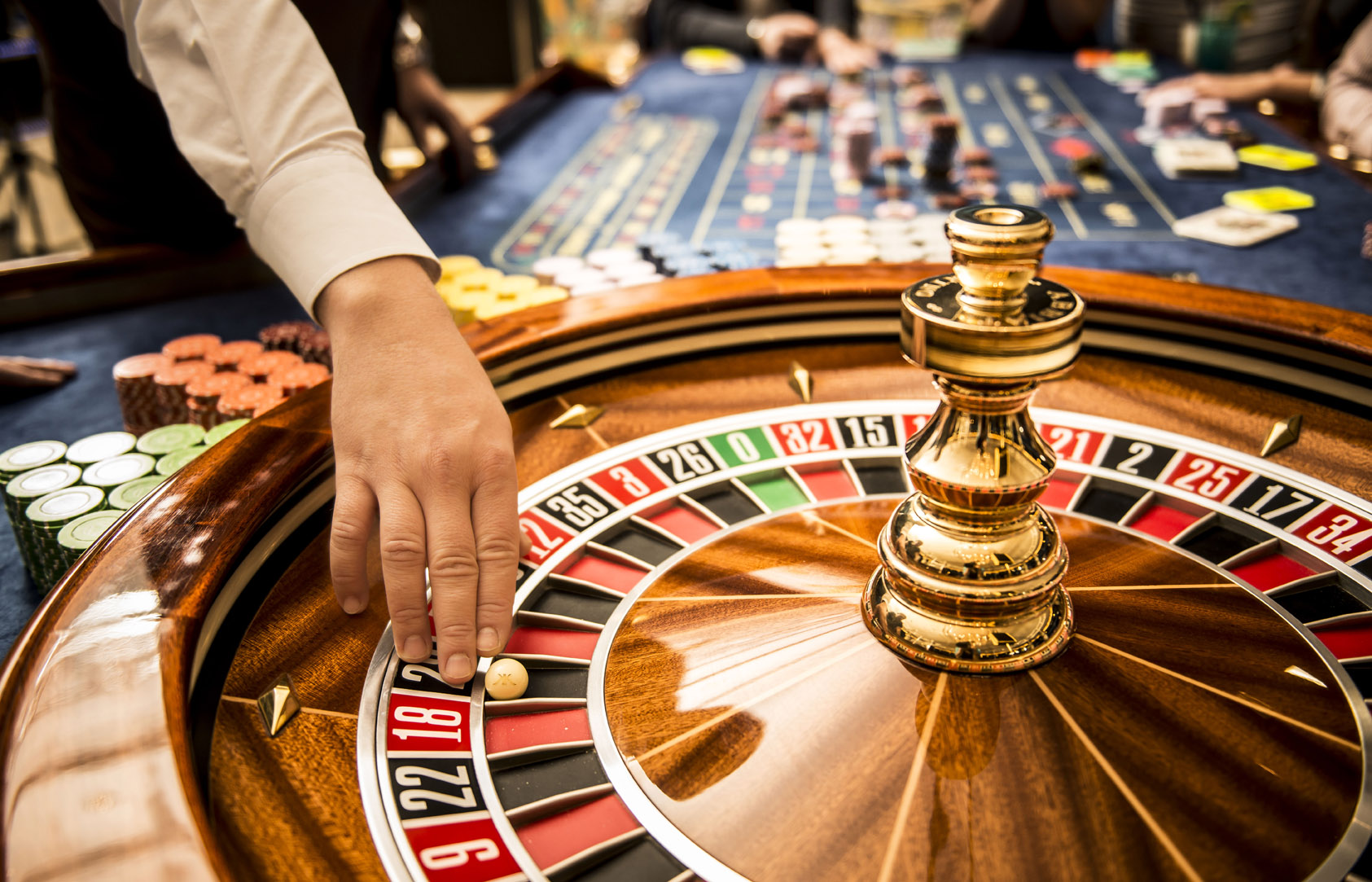
Casino games have been a well of entertainment and thrill for countless players around the globe. One of the key components that renders these games engaging is the diversity of playing cards employed in various kinds of games. Understanding the various types of cards can improve your experience and refine your gameplay approaches. Regardless of whether you are drawn to classic card games like poker and blackjack or modern casino games, each game relies on a distinct set of cards that affects the regulations and the rhythm of play.
In casino environments, cards come in several styles, each designed to fit the requirements of specific games. From regular decks to custom card variations, the diversity plays a key role in shaping the mechanics of each game. By acquainting yourself with these cards and their uses, you can achieve deeper insights into the games and make better decisions at the table. This knowledge not just enriches your overall gaming experience but also contributes to a higher-level approach to your chances of winning.
Types of Playing Cards
When it comes to casino games, the kind of playing cards used can significantly impact the flow of the game and tactics. The most frequent deck is the traditional 52-card deck, which consists of four suits: spades. Each suit contains 13 ranks, from Ace to King. This traditional deck is essential in many games, such as blackjack, where players aim to form the best hand possible or approach 21 as they can.
Some casino games utilize unique decks specifically designed for the game itself. For example, the well-known game of baccarat often employs multiple decks shuffled together, typically six or 8. This not only increases the difficulty of the game but also impacts wagering strategies, as players must account for the higher number of cards in play. Additionally, some games may bring in jokers or wildcards, providing further diversity and thrill to the gaming experience.
In niche games, specialized decks may come into play. For example, in games like bridge or Pinochle, participants might use specific rules with different card values or roles. These changes keep the gameplay fresh and allow for varied strategies to emerge. Understanding the various types of playing cards and their specific uses in different casino games is key to enhancing one’s gaming experience and improving overall results at the tables.
Deck Modifications in Casino Activities
In gambling games, the kind of deck used can significantly impact both the play and the strategies employed by participants. Most classic playing card games, such as blackjack and five-card draw, typically use a standard 52-card deck. However, modifications do exist where extra jokers or even multiple decks are utilized. For example, in blackjack, some casinos may employ one to eight packs, which can change the probabilities and the basic tactics needed to compete effectively. Participants must be cognizant of the deck makeup, as it affects the house edge.
Another common modification in casino playing card games is the use of themed or custom packs. For instance, some poker activities might use a set of cards that includes unique images or designs, which can enhance the atmosphere at the table. vic club These specialized packs often serve to differentiate between different game formats or loyalty initiatives within the gaming establishment. While the standard guidelines of the activity remain the same, the visual appeal can affect participant involvement and satisfaction.
Finally, the shuffling techniques used with various kinds of decks can also impact gameplay. Gaming establishments often make use of automatic shufflers that can randomly shuffle multiple decks effectively, making hand counting more challenging. The frequency and method of shuffling can differ widely based on the activity and the casino’s rules. Understanding these card variations is crucial for any participant looking to enhance their game strategy and overall satisfaction in gaming activities.
Significance of Playing Card Values
In gambling activities, the worth of individual card plays a crucial role in influencing the consequences of different activities. Different games assign distinct worths to cards, affecting strategies and player decisions. For instance, in 21, playing cards ranging 2 through ten are valued at their nominal value, while face playing cards hold a value of ten, and the Ace can be valued either 1 or eleven. Grasping these worths allows players to make informed decisions during play, improving their chances of success.
Likewise, in Texas Hold’em, the significance of card worths extends to hand and hand hierarchies. High-value playing cards can form more powerful hands, such as two of a kind, straight hands, or flush hands, which are crucial for triumph in the activity. Players must consider not only their personal cards but also possible hands their rivals might hold. This tactical complexity adds interest and complexity, making card values a central element in the appeal of poker appeal.
Moreover, the mental element of card worths cannot be ignored. Gamers may use the awareness of card values to bluff or trick their opponents. By grasping how a playing card’s value can change the game’s mechanics, gamers can more effectively handle risks and rewards, creating a stimulating atmosphere in gaming activities. Whether playing for fun or for actual money, awareness of playing card values significantly affects the overall gaming encounter.